Red light therapy is considered safe when used correctly and will not directly cause melanoma. Unlike ultraviolet (UV) light, red light has low energy and does not damage DNA, while UV is the main cause of melanoma.
Clinical studies have shown that red light therapy machine is often used for skin repair and anti-inflammatory, and there is no evidence that it causes cancer. The key is to use regular equipment and avoid mixing inferior products with UV light.
Therefore, there is no need to worry too much about the reasonable use of red light therapy devices, but it is still recommended to be carried out under professional guidance to ensure the best effect and safety.

What Is Red Light Therapy?
Red light therapy, also known as Red Light Therapy (RLT) in English, is a treatment method that uses low-level red light. The wavelength of red light it uses is usually between 630nm and 700nm. This specific band of light can be absorbed by mitochondria in human cells. Mitochondria are the "energy factories" of cells. After absorbing red light, the activity of mitochondria is enhanced, and the energy supply of cells is improved, just like injecting more power into the small factory of cells, making them more efficient.
In medicine, red light therapy is widely used. It can promote the healing of wounds and ulcers, help damaged tissues recover faster; it also promotes hair growth; in the process of fracture healing, it can accelerate the healing process of fracture sites; and it can also help the regeneration of damaged nerves.
In addition, it can increase the energy supply of cells, so that cells have more "fuel" to complete various tasks, thereby promoting the body's metabolism. For example, in some skin problems, such as improving skin wrinkles and reducing skin inflammation, red light therapy has also shown certain effects.

Understand Melanoma and Its Causes
What is melanoma?
Melanoma, also known as melanoma or malignant melanoma, is a highly malignant tumor that originates from melanocytes in the skin or mucous membranes. It is not an ordinary tumor. It is highly invasive and easy to metastasize. Once it occurs, if it is not treated in time, it will bring great health threats to patients.
Melanoma patients mainly show irregular shapes and patches or nodules of varying colors on the skin or mucous membranes. These patches or nodules may be accompanied by symptoms such as itching, pain or bleeding. If the disease progresses further, melanoma can spread rapidly throughout the body, causing serious complications and even endangering life.
Known risk factors for melanoma
The cause of melanoma has not yet been fully clarified, but studies have found that it is related to many factors. Race and genetic factors are one of them. White people are more likely to develop melanoma than other races. At the same time, if there is a melanoma patient in the family, the risk of melanoma in other family members will also increase.
Excessive exposure to sunlight and ultraviolet rays is also an important factor. Long-term exposure to the sun, especially without proper sun protection measures, will increase the risk of melanoma if the skin is exposed to ultraviolet rays for a long time. There are also nevus cells. If they are improperly stimulated, such as frequent scratching and rubbing, they may also induce malignant transformation. In addition, trauma and stimulation, viral infection, abnormal immune response and endocrine disorders may all be related to the occurrence of melanoma.

Does Red Light Therapy Cause Melanoma?
From current research, there is no direct evidence that red light therapy can cause melanoma. The red light used in red light therapy has a wavelength in a specific visible light range, which is essentially different from ultraviolet rays. Ultraviolet rays, especially ultraviolet rays in sunlight or ultraviolet rays emitted by tanning equipment, are clear carcinogenic factors.
Long-term exposure to ultraviolet rays increases the risk of melanoma and other skin cancers. medical-grade red light therapy devices does not use this type of ultraviolet rays. It mainly produces therapeutic effects by acting on cell mitochondria and does not have a biological mechanism that causes melanoma.
Like the Red Light Panel launched by our PRUNGO brand, it uses advanced Red Light Therapy Module technology to strictly control the wavelength and output power of red light to ensure that it provides services to users within a safe and effective range.
After professional research and development and testing, this red light therapy device will not have adverse effects on the melanocytes of the skin and will not increase the risk of melanoma, so users can use it with confidence.

Potential Risks of Red Light Therapy
Although red light therapy is relatively safe, there are also some potential risks. If used improperly, such as using it for too long or irradiating it too close, it may cause some irritation to the skin, leading to discomfort symptoms such as redness and itching.
In addition, for some people with sensitive skin, they may be more likely to have adverse reactions when using red light therapy. However, in general, these potential risks can be effectively avoided as long as they are used in the correct method and dosage.
Safety Guide for Using Red Light Therapy
How to Use Red Light Therapy Safely
First of all, before using the red light therapy device, be sure to read the product manual carefully to understand the correct use of the device, recommended use time, irradiation distance and other key information. For example, the PRUNGO brand Red Light Panel, the manual will detail the best use parameters for different parts and different symptoms.
During use, strictly follow the requirements of the manual. Control the use time each time. Generally speaking, the single exposure time should not be too long, usually about 10-30 minutes is more appropriate. At the same time, maintain a suitable exposure distance to avoid skin irritation caused by being too close, and not too far to affect the treatment effect.
In addition, pay attention to the frequency of use, do not use it too frequently, and follow the recommended course of treatment.
Read more:
How to use red light therapy at home?
How long to use red light therapy

Who should avoid using red light therapy?
Pregnant women should avoid using red light therapy, because the effect of red light therapy on the fetus is not clear at present. For the safety of the fetus, pregnant women should not undergo such treatment. There are also some people with serious eye diseases.
Because red light may irritate the eyes and affect eye health, it is not suitable for use. In addition, if the skin has open wounds, damage or infection, the use of red light therapy at this time may aggravate skin damage and cause problems such as the spread of infection, and should also be avoided.

Conclusion
Red light therapy is a treatment with many potential benefits. When used correctly, it can have a positive effect on our health and skin. For melanoma, we must make it clear that its cause is not directly related to red light therapy.
However, when using red light therapy, it is necessary to follow the safety guidelines, understand its potential risks and which groups of people are not suitable for use. For example, the PRUNGO brand Red Light Panel, equipped with a professional Red Light Therapy Module, provides users with a safe and reliable choice. As long as we use red light therapy scientifically and reasonably, we can enjoy its benefits while ensuring our own health and safety.


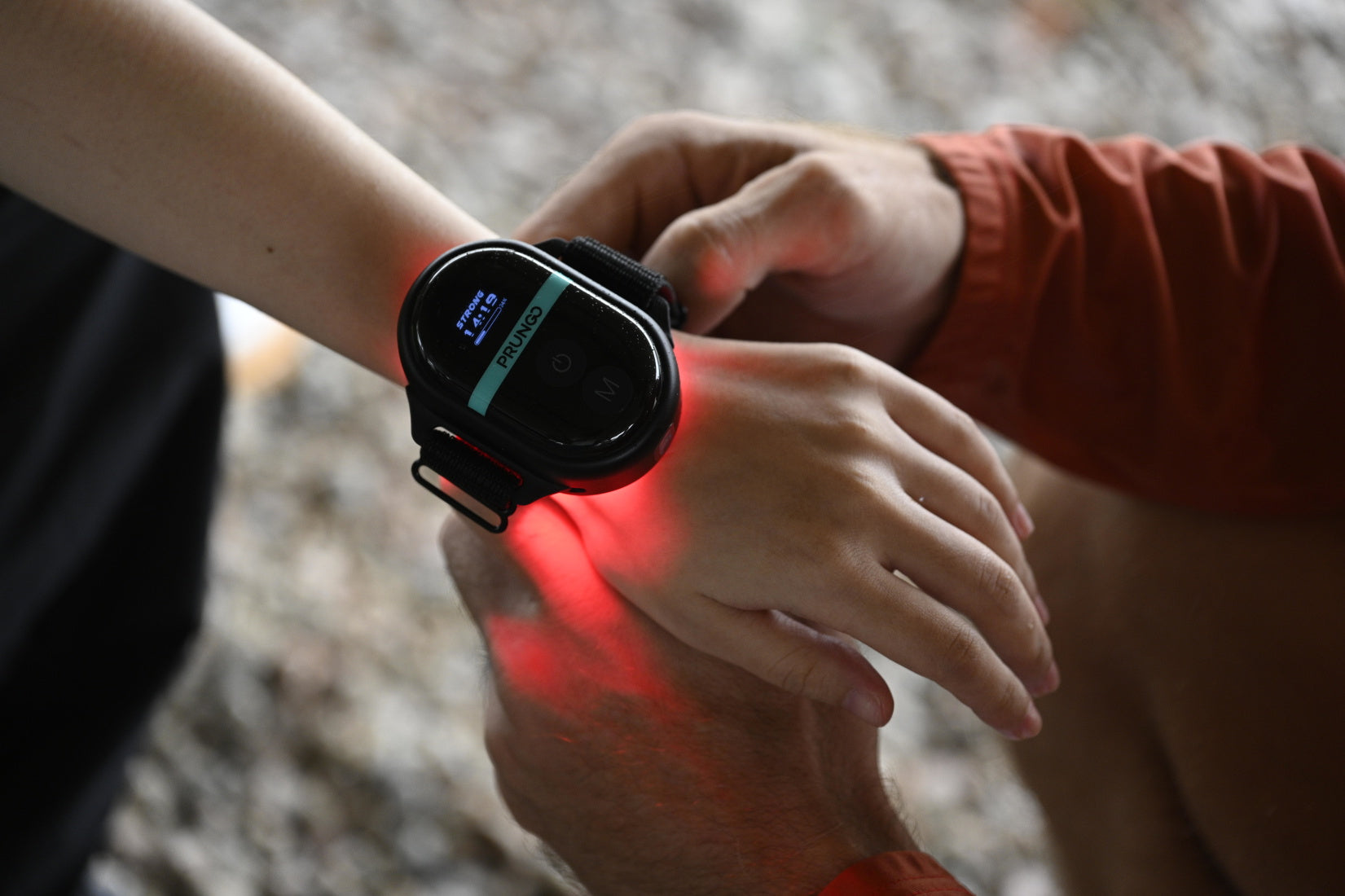
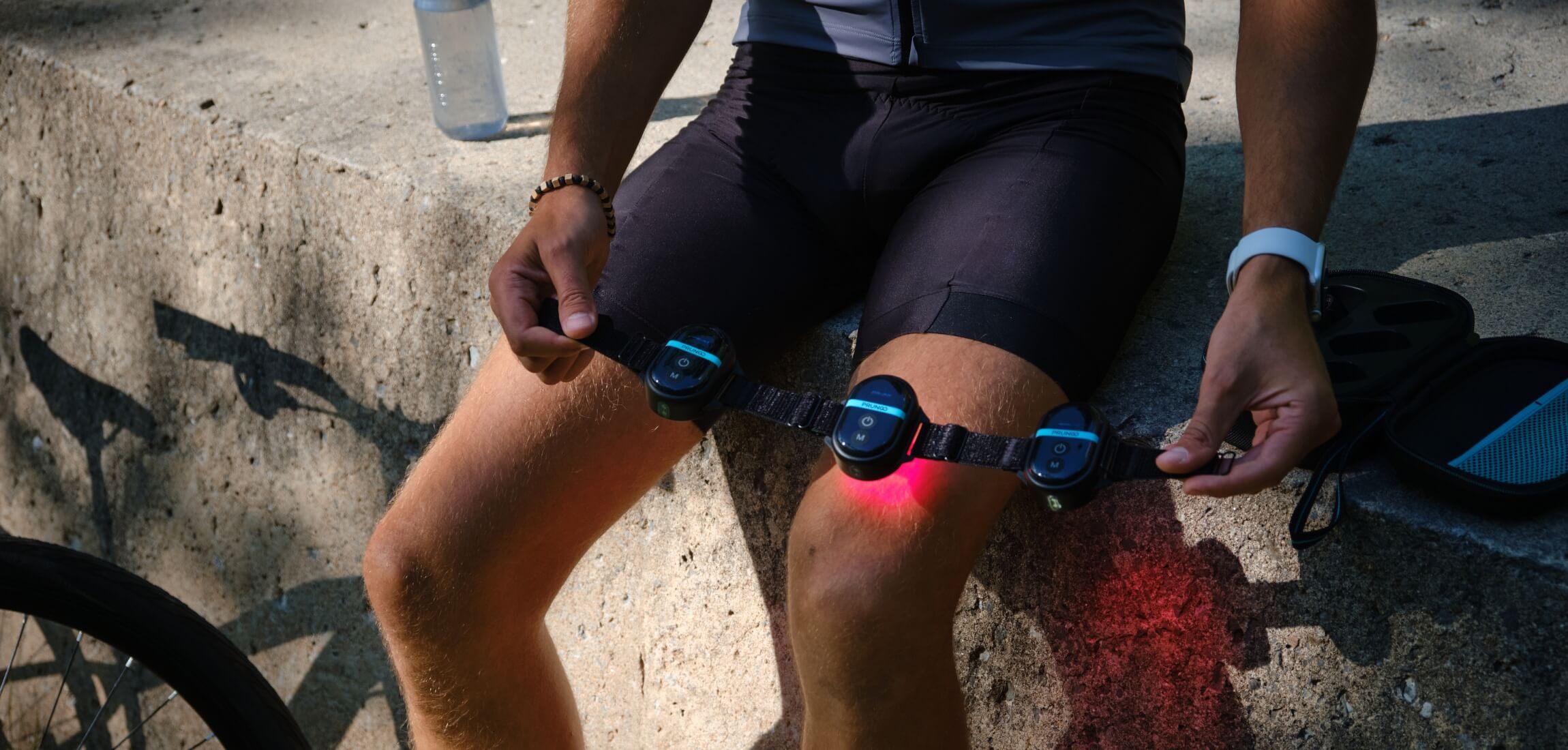
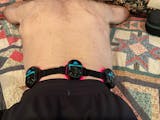
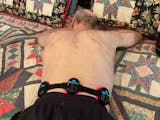









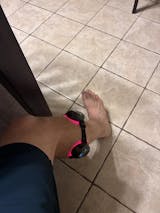
Share:
How to Use Red Light Therapy to Relieve Lower Back Muscle Strain?
Does Red Light Therapy Work for Wrinkles